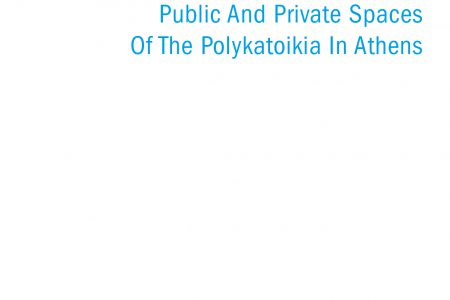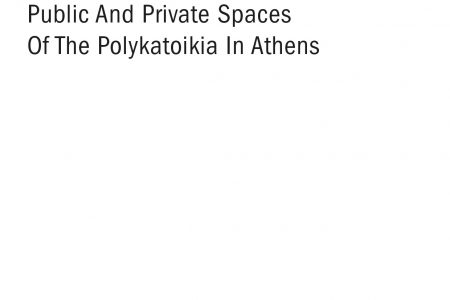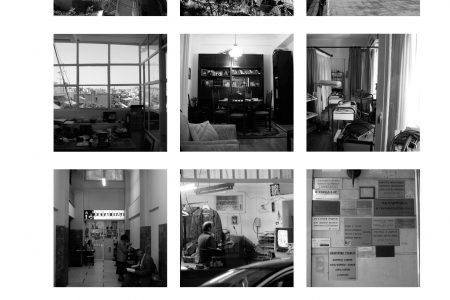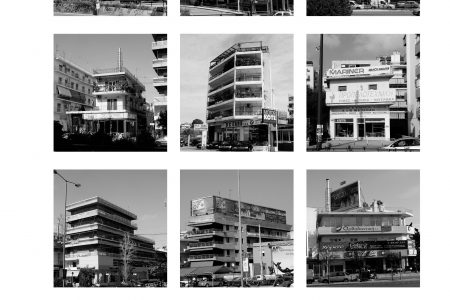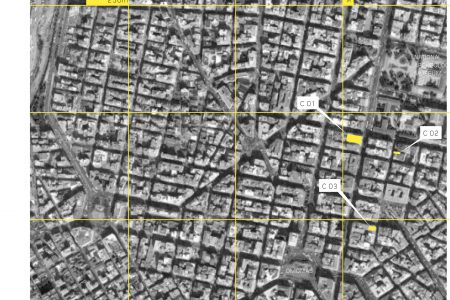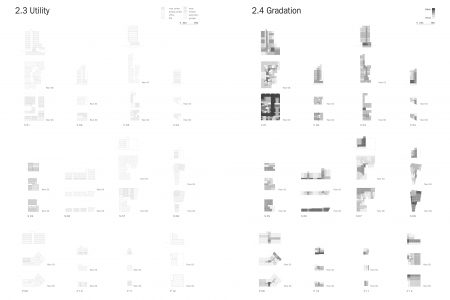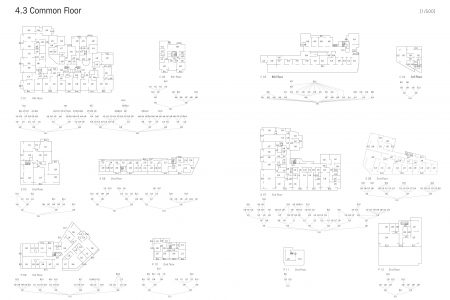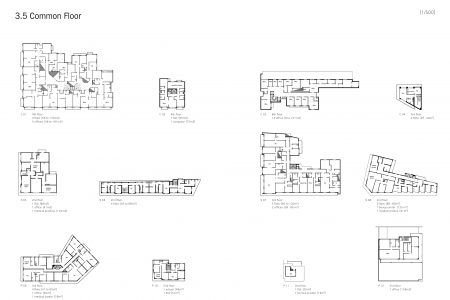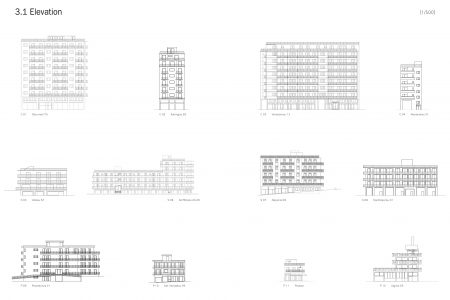PolyCity – Private and Public Spaces of the Polykatoikia in Athen
The uniqueness of the city of Athens is emphasized by two facts: for one, there exists a singular, all-defining building typology that spreads from the center to the periphery based on a principle that can be best described as “copy & paste” – the Polykatoikia. Not even slab housing construction can compete with its unparalleled success. Further, in the one hundred years since its first appearance this building typology has proven that it is capable of integrating the most diverse set of uses within a structural unit. When we talk about Athens as a city of the 20th century, we are actually talking about the Polykatoikia.
This research project is based on the author’s dissertation, completed in 2009. It analyzes the Polykatoikia’s spatial and programmatic diversity, the building type’s resulting adaptive capacity, and the adaptations undertaken by the users within the respective urban context. The project addresses the question on which constitutive components enable the Polykatoikia as building type to absorb public space in the center as well as the periphery of the city and, at the same time, expose its private interior outwards. Here, the Polykatoikia is understood as a form of osmosis of private and public spaces. This project is a substantial and significant contribution to research on the interrelations between society and city from the perspective of typological studies. The project demonstrates this in an exemplary way by focusing on Greek society and the city of Athens. The result is a qualified analysis of the Polykatoikia and its genuine characteristics that advances the ongoing discussion on the qualities of vernacular architecture.
Duration: 2011 – present
Director: Prof. Dr. Richard Woditsch
Collaborators: Steven Dave, Felix Thiele
The “Polykatoikia” and the informal development of Athens, Onassis Cultural Centre in Athens, 27. Januar 2015
